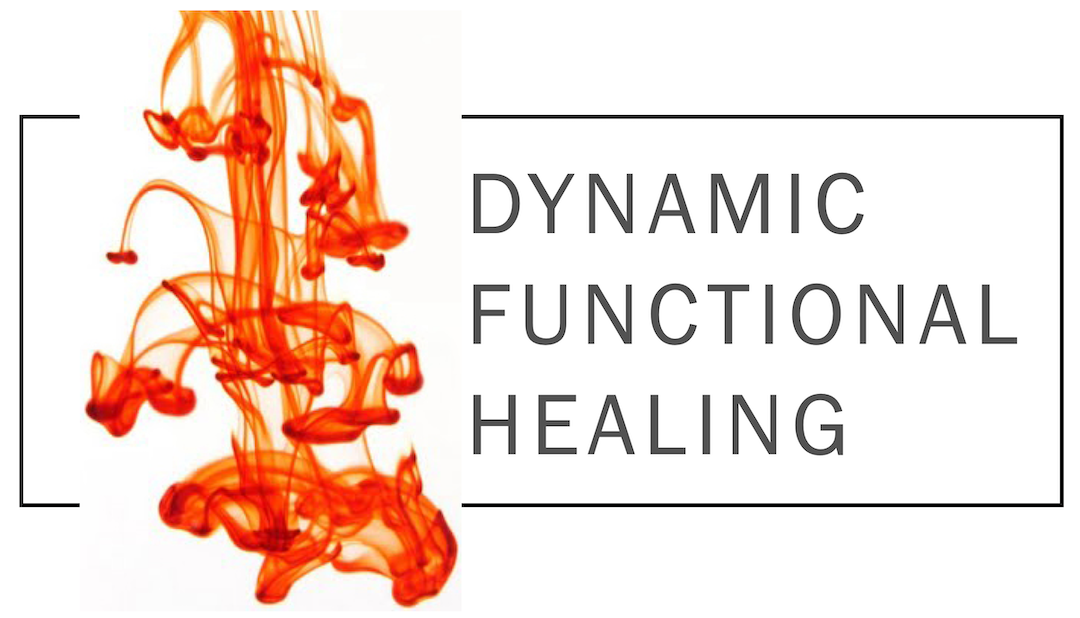I found an article in the December 2013 issue of Velo, the high-performance bicycling magazine, that piqued my interest because it gets into biochemistry. The article "Understading the Burn, Lactic Acid Myths Debunked" by Trevor Connor points out that lactic acid exists as a buffer with its conjugate base lactate. Our blood's pH is carefully kept near a constant somewhere between 7.35 and 7.46. If we wander even a bit out of this range, we face imminent danger and death. We never get systemically acidic. What can build up locally in those muscles is hydrons (H+). These are quickly removed by the lactate (the base).
Professor Matthew Hickey, head of the Human Performance Research Lab at Colorado State University, has been studying the physiology of this buffer system.
In reality "lactate serves many important roles. For example, "it is the principle fuel for the heart during vigorous exercise," Hickey said. And the liver can recycle it, "releasing a brand new glucose molecule as if you'd been drinking a sports drink."
Remember this formula for repiration from biology or physiology class?
C6H12O6 (s) + 6 O2 (g) → 6 CO2 (g) + 6 H2O (l) + heat
Professor Hickey says that humans have no problem acquiring enough oxygen. Our lungs are overly large; we only need 2/3 capacity to achieve optimal oxygen levels. It's the exhaling of carbon dioxide that moves us to fatigue, sore muscles and out of breath.
Our best immediate buffer is a molecule called bicarbonate. Bicarbonate binds to acid to produce harmless water and CO2. However, "that process is only as good as the last step, which is breathing off the carbon dioxide." If we don't breath it off fast enough, the CO2 is converted back to acid, and we lose the race. The takeaway? Concentrate on exhaling.
How to get the best exhale for your efforts? Improve your circulation! That means slow but long training hours, keeping warm, breathe deeply and effect long, deliberate exhales. You can also eat fewer carbs in order to train "fat reliance". Utilizing fats for energy rather than carbs reduces the fluctuations in pH and the concomitant activity of the buffer system. It makes you more efficient. Lastly, exercise at threshold.
"There are ways to train your heart, your less frequently used muscles, and your liver to better clear hydrogen ions," Hickey said. "And, not surprisingly one of the ways to do that is to bathe those tissues regularly in lactate." Start with short five-minute threshold efforts. Then as your clearance systems improve, build to 20 and even 30-minute efforts.
So no need to worry about or spend money on products promising to clear your lactic acid or lactate. You need it. It's working for you. Focus instead on your breathing and on promoting your circulation.
